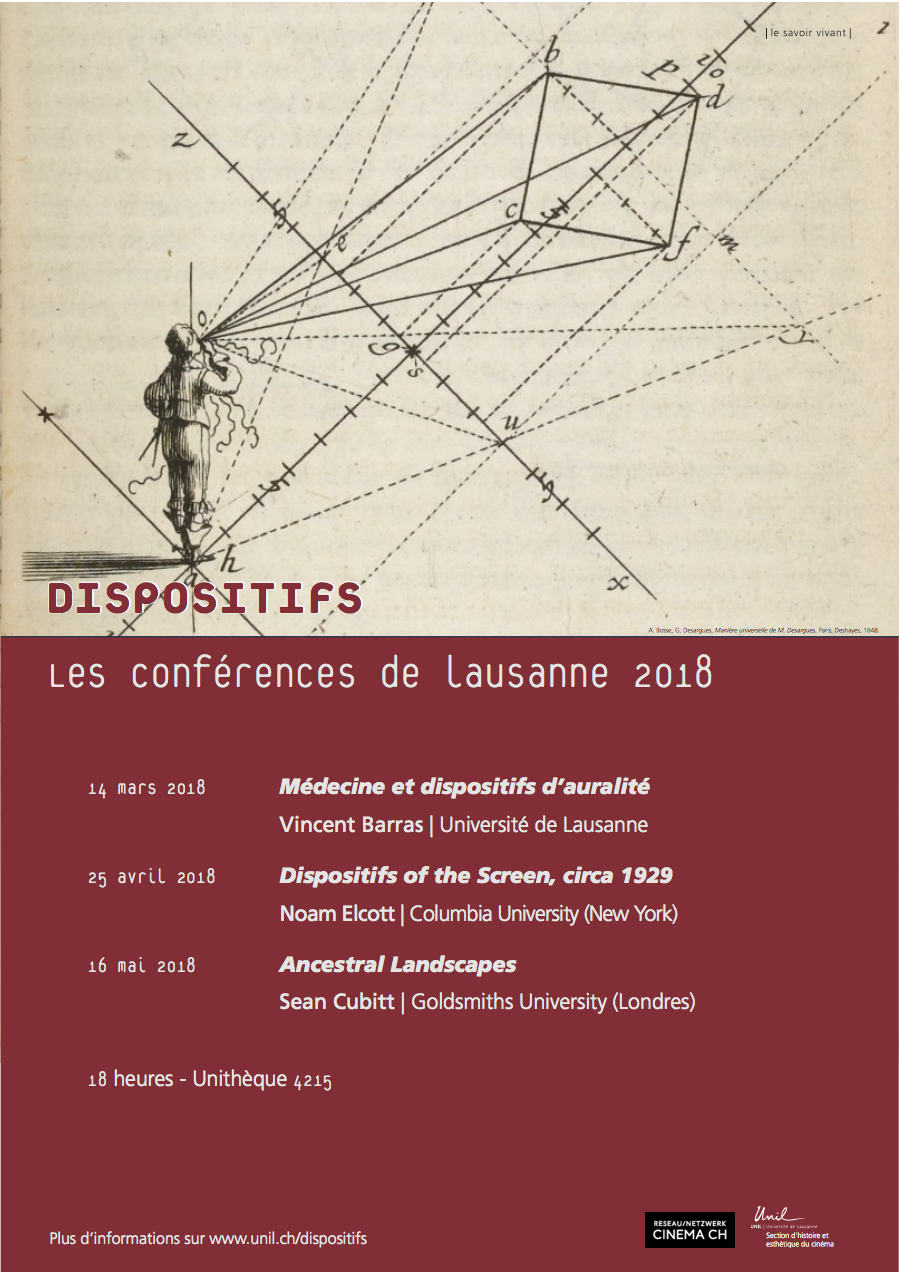Le mercredi 14 mars 2018, 18h, salle 4215
Vincent Barras (Université de Lausanne) : Dispositifs d’auralité en médecine
Si le stéthoscope, emblème capital de la profession médicale, est connu comme l’instrument ayant par excellence permis le basculement – paradoxal en regard des modalités sensorielles engagées – vers le « regard clinique » réputé fondateur de la médecine moderne (Foucault 1963), il convient pourtant, au-delà de l’apparente évidence de l’efficacité de cet instrument, de s’arrêter plus longuement sur la question des dispositifs d’auralité en médecine. Ceux-ci, en effet, ne sont pas uniquement des outils transparents permettant d’amplifier, reproduire, fixer des phénomènes sonores naturels, ils transforment la réalité (le corps se transforme en objet sonore) autant que la perception des humains impliqués (le médecin devient un sujet écoutant). En médecine, l’écoute est donc bien plus que le « simple » exercice d’une porte sensorielle supplémentaire. Entendue comme dispositif, c’est-à-dire dotée de « la capacité de capturer, d’orienter, de déterminer, d’intercepter, de modeler, de contrôler et d’assurer les gestes, les conduites, les opinions et les discours des êtres vivants » (Agamben 2014), l’écoute façonne le monde, elle façonne notre rapport au monde, elle nous façonne.
Le mercredi 25 avril 2018, 18h, salle 4215
Noam Elcott (Columbia University, New York) : Dispositifs of the Screen, circa 1929
By the end of the 1920s, three distinct dispositifs for the screen came into focus: as a window on the world, as an enclosed object, and as a ghostly presence. These models looked back to early-modern genres/modes of painting and forward to the collapse of classical cinema, the rise of television, and emergence of video installations. For the interwar European avant-gardes, above all László Moholy-Nagy, the contours of these three distinct dispositifs were already visible, but they were not yet entrenched in industrial media infrastructures. This paper refuses to ontologize the screen but neither does it envision a screen freed from cultural and technological constraints. Instead, it interrogates a watershed moment in the screen’s perpetual evolution, one shaped by technology, industry, and art over the course of centuries.
Le mercredi 16 mai 2018, 18h, salle 4215
Sean Cubitt (Goldsmiths University, Londres) : Ancestral landscapes
After its technical formation, photography passed through three historical phases: the snapshot, the cinematograph, and the database. These moments reflect distinct passages of the relation between image and world that can be summed up in the distinction between continuum and discrete objects. Eco-criticism intends to break down the discrete by insisting on the mutual connectivity of everything. But does this network model represent the imposition of a universal identity on the contingent non-identity of the world? The encounter with texts and practices on which criticism depends may be impossible in a time when the database begins to match the inexhaustible complexity and scale of the real world. An enquiry into landscape, as formed in the interaction of human and natural forces and as genre of media art, may offer a portal into the dialectic of universal and particular at work in the history of the photographic image.

